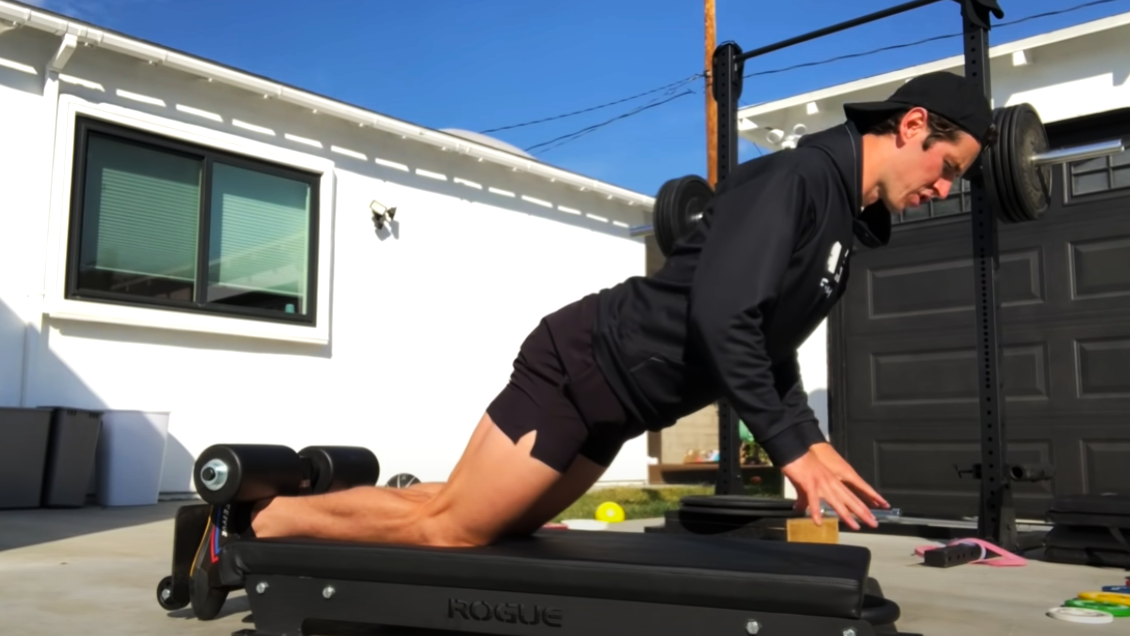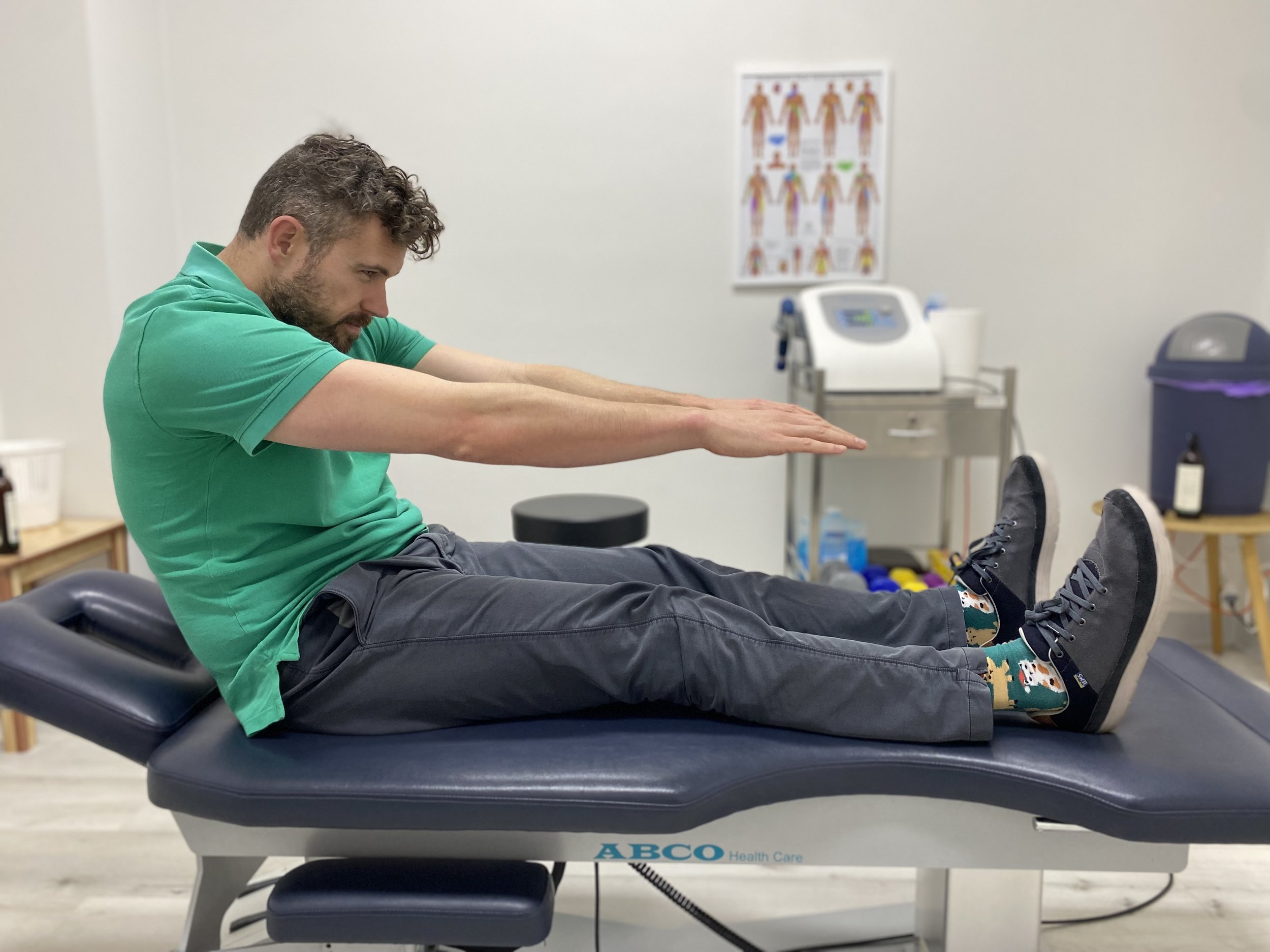ATG
The Kneesovertoes Guy
What is ATG?
My Story
How We Help
How We Help
As a human movement enthusiast and expert in the field of conservative musculoskeletal healthcare I love to be at the cutting edge of progress and integrate new thinking into my practice. I am passionate about helping as many people as possible to achieve their goals, through movement and reducing pain.
These qualities position me to help people on their ATG journey when pain and problems arise that don’t improve or go away with regressing the exercise.
I can be a fantastic resource and ‘coach’ for folks with complex issues or with a long history of injuries and don’t know where to start.
With that said, I need make clear that I am not officially endorsed, trained by or affiliated with ATG.
I use what I have learned through my 9 years of clinical practice and personal history to help patients navigate the ATG system. I have spent many hours learning about the system, peeked under the hood of the paid program and integrated many core exercises and concepts into my clinical recommendations and personal exercise program.
So with all that said, how do we help at Southside Spine and Sport?
We help in 3 ways
Coaching and Feedback
Diagnosis of injuries
Treatment of pain
Coaching and Feedback are critical to the success of any exercise program. Often the image we have in our head of our form when we exercise, doesn’t match what we actually do. Within the ATG training program video recording and feedback are at the core of what makes the clients successful.
I know from personal experience and trial-and-error the value of having a qualified eye give feedback and give tailored advice.
Accurately Diagnosing Injuries can often be important for knowing where to treat and accurately predicting your future needs or potential road bumps. According to Ben in any number of his YouTube videos, diagnosis is not necesarily important to use the ATG system. If you follow the advice that:
Do not push through pain, exercises must be pain free
If it hurts, regress the exercise to where it doesn’t hurt
Following this advice will absolutely minimise the risk of injury and maximise your chances of success, no question. However, it is my opinion, that with a qualified professional you can often break through frustrating pain barriers and progress faster.
Treatment of Pain points is my bread-and-butter. When I take on a client, I love the journey of exploration of understanding their history and helping connect the dots to discover how we got here. Understanding this first gives me a place to start with my assessment and then areas to treat for the quickest gains. In my clinical experience, many patients have had a diagnosis of a serious pathology AND have a ‘functional problem’.
What is a ‘functional problem’? Put succinctly it is a pain, restriction of movement or other symptom that is caused by a problem of improper movement. Usually these problems are not serious but they can be very persistent and debilitating.
If you’d like to have a chat to answer any questions or to see if I can help you, click the “make appointment” button below to see our booking page with our contact details.




